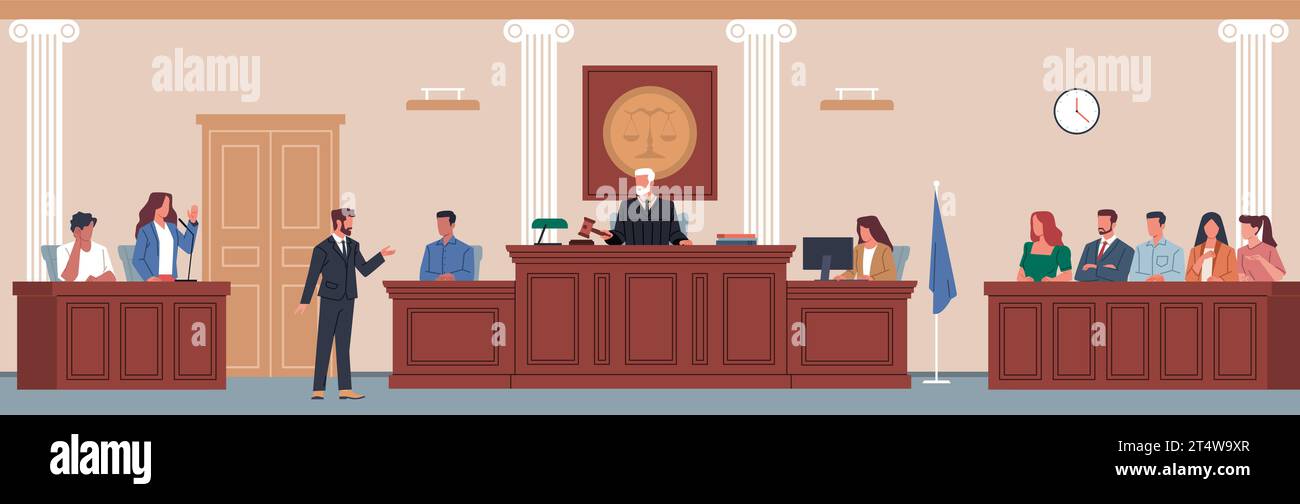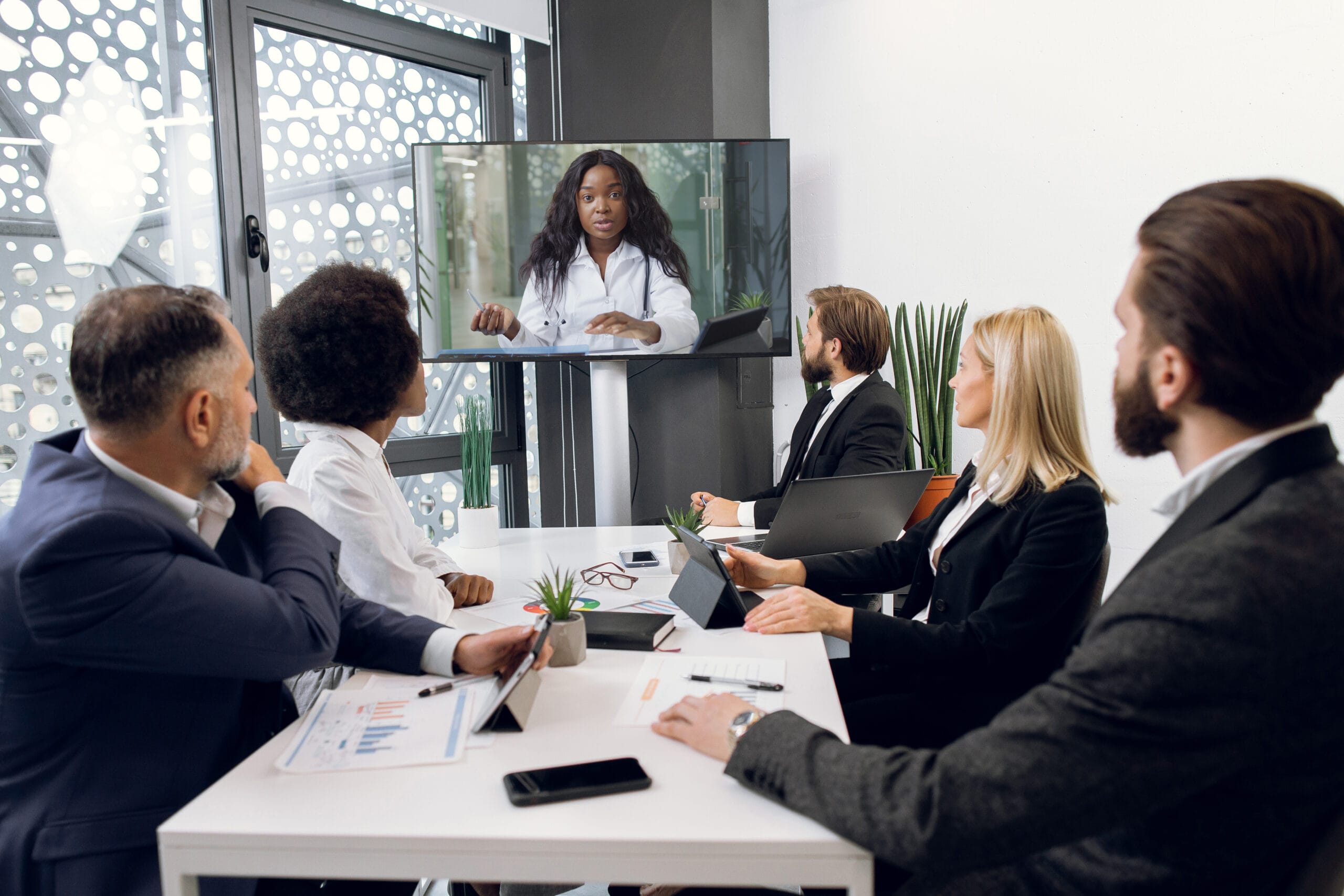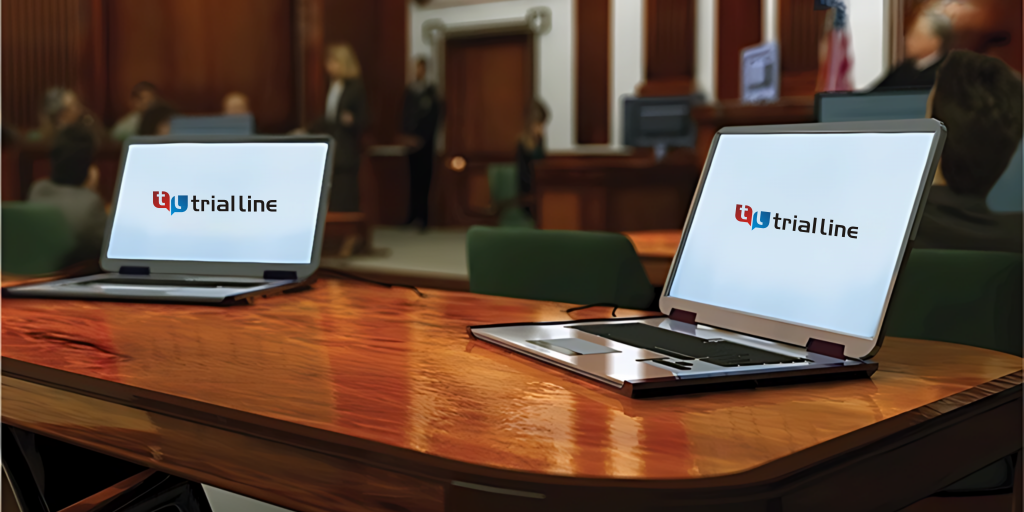Just How Trial Presentations Enhance Your Disagreement and Encourage Jurors
Trial discussions function as a critical system for improving legal debates and convincing jurors. By integrating aesthetic aids, narrative structures, and emotional interaction, lawyers can produce an engaging situation that reverberates on several levels. The calculated use of visuals not only clears up complex information yet likewise captures jurors' focus better than words alone. However, the art of narration plays a just as critical duty in transforming valid proof right into an engaging narrative, forming jurors' assumptions - trial presentations. Recognizing these elements can substantially affect trial outcomes, elevating the inquiry of exactly how each part adds to this detailed dynamic.

Relevance of Visual Aids
Aesthetic help play a crucial duty in improving the performance of test presentations, as they can dramatically increase target market engagement and retention of details. In the context of a trial, where jurors are charged with handling complicated info, aesthetic help offer to simplify and clarify bottom lines. Graphes, charts, and photos can communicate information and principles that might or else bewilder or puzzle jurors, permitting a more uncomplicated understanding of the evidence presented.
Additionally, aesthetic aids help in preserving juror focus throughout the process. By damaging the monotony of spoken testimony, these devices can punctuate critical debates, making them much more unforgettable. Effective visual help can likewise evoke psychological actions, which can be crucial in persuading jurors to line up with the presenter's narrative.

Crafting Compelling Stories
An engaging narrative is essential in trial discussions, as it functions as the backbone of efficient persuasion. It permits attorneys to weave with each other realities, proof, and emotional components into a systematic tale that resonates with jurors. This narrative structure makes it possible for jurors to understand the intricacies of the instance while leading them via the attorney's debate.
To craft a compelling narrative, lawyers must concentrate on clearness and coherence. This involves developing a clear lead character-- often the customer-- and describing their journey with the occasions in inquiry. Offering the realities in a rational sequence enhances comprehension and preserves involvement. Additionally, using dazzling descriptions can create mental images that aid jurors visualize the events, making the narrative extra remarkable.
Moreover, incorporating crucial themes throughout the presentation enhances the core message and aids in retention - trial presentations. The narrative needs to not only share info however additionally evoke a sense of justice, highlighting the risks involved. Inevitably, a well-constructed narrative promotes a connection between the jurors and the instance, positioning the lawyer's debate as both trustworthy and engaging, therefore boosting the likelihood of a beneficial judgment

Involving the Court Emotionally
Efficient court interaction hinges on the lawyer's ability to attach with jurors on an emotional level. This connection can dramatically affect jurors' perceptions and their best decision-making.
Aesthetic help, such as photographs or videos, can additionally enhance emotional involvement, supplying jurors with dazzling representations of the situation's human components. Crafting a story that highlights the struggles and triumphs of the people involved ensures that jurors see past the lawful arguments and identify the human repercussions see here now of their decisions.
Additionally, tone and body movement play a critical function in conveying feeling. An attorney's enthusiastic distribution can resonate with jurors, enhancing their psychological financial investment in the case. It's vital to stabilize sob stories with factual evidence, making sure that jurors really feel compelled to act while staying based in the reality. Ultimately, a psychologically engaged court is more probable to be convinced, making emotional connection a vital part of reliable test presentations.
Structuring Your Presentation

The body of the presentation must be practically fractional into vital points, each supported by engaging proof. It is useful to make use of narration techniques to weave realities right into a narrative that jurors can easily adhere to. Visual help, such as graphes and video clips, can enhance understanding and engagement, site here assisting to highlight vital items of proof.
Real-World Case Researches
Analyzing real-world instance researches provides vital insights right into the art of test presentations and persuasion. The protection group successfully employed an approach that integrated top-level expert statements with multimedia discussions, which astounded jurors and eventually influenced their decision.
One more notable instance is the "McDonald's Coffee Case," where the complainant's lawyers used graphic pictures of the injuries endured by Stella Liebeck. trial presentations. This plain aesthetic evidence played an important duty in conveying the intensity of her burns, leading to a considerable jury honor. Such situations demonstrate that impactful test discussions commonly pivot on the effective combination of visuals and narration to evoke emotional feedbacks from jurors
Additionally, the "Casey Anthony Test" highlighted the value of narrative comprehensibility and reputation. The prosecution's failure to establish an engaging timeline decreased their persuasive power, emphasizing the necessity of a well-structured presentation. Examining these situations exposes that successful trial discussions call for strategic planning, psychological interaction, and the capacity to reverberate with jurors' values and beliefs.
Final Thought
Test presentations substantially boost disagreements and convince jurors with the critical he has a good point use of visual aids, engaging stories, and emotional involvement. A well-structured discussion balances psychological appeals with accurate evidence, eventually reverberating with jurors' worths.